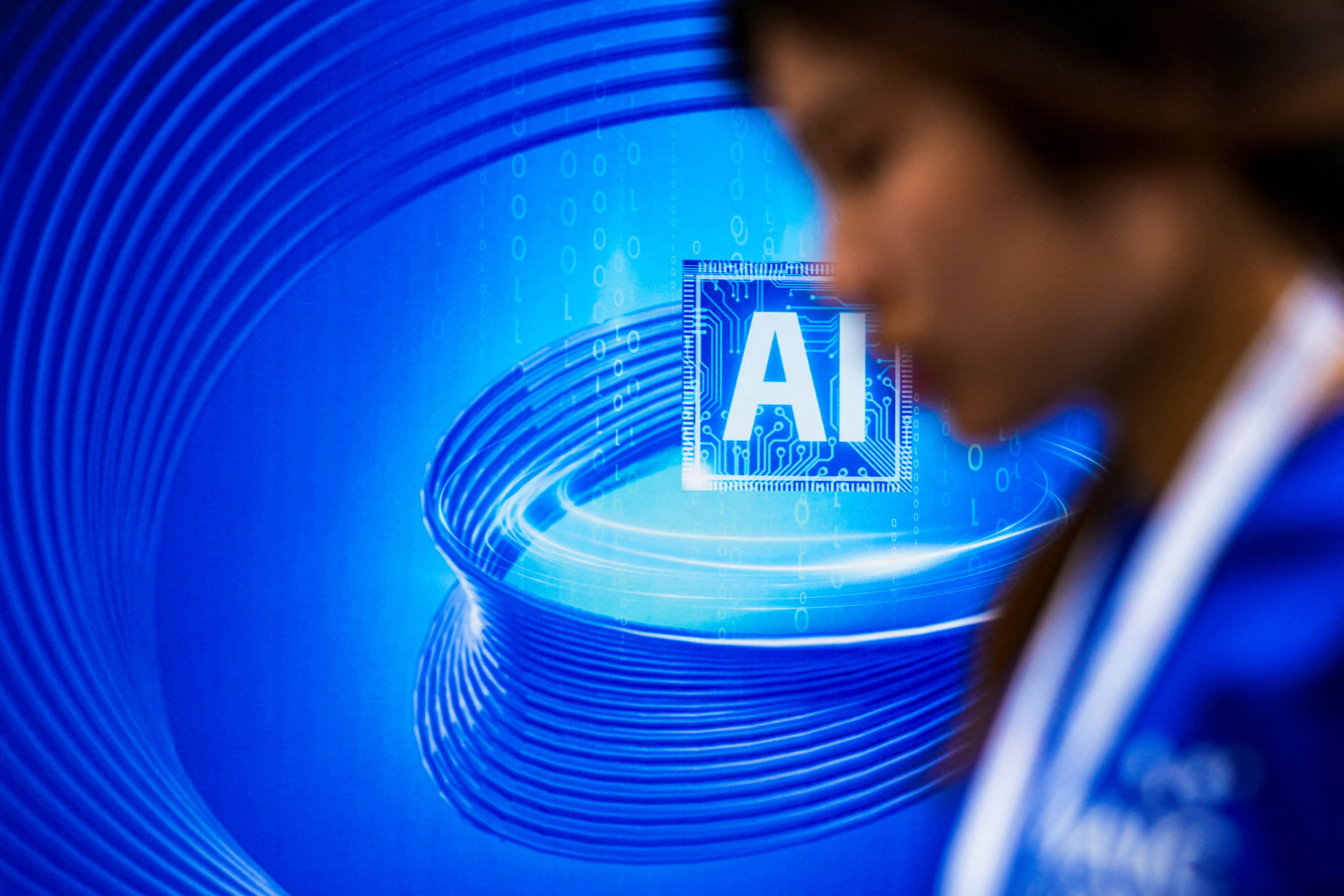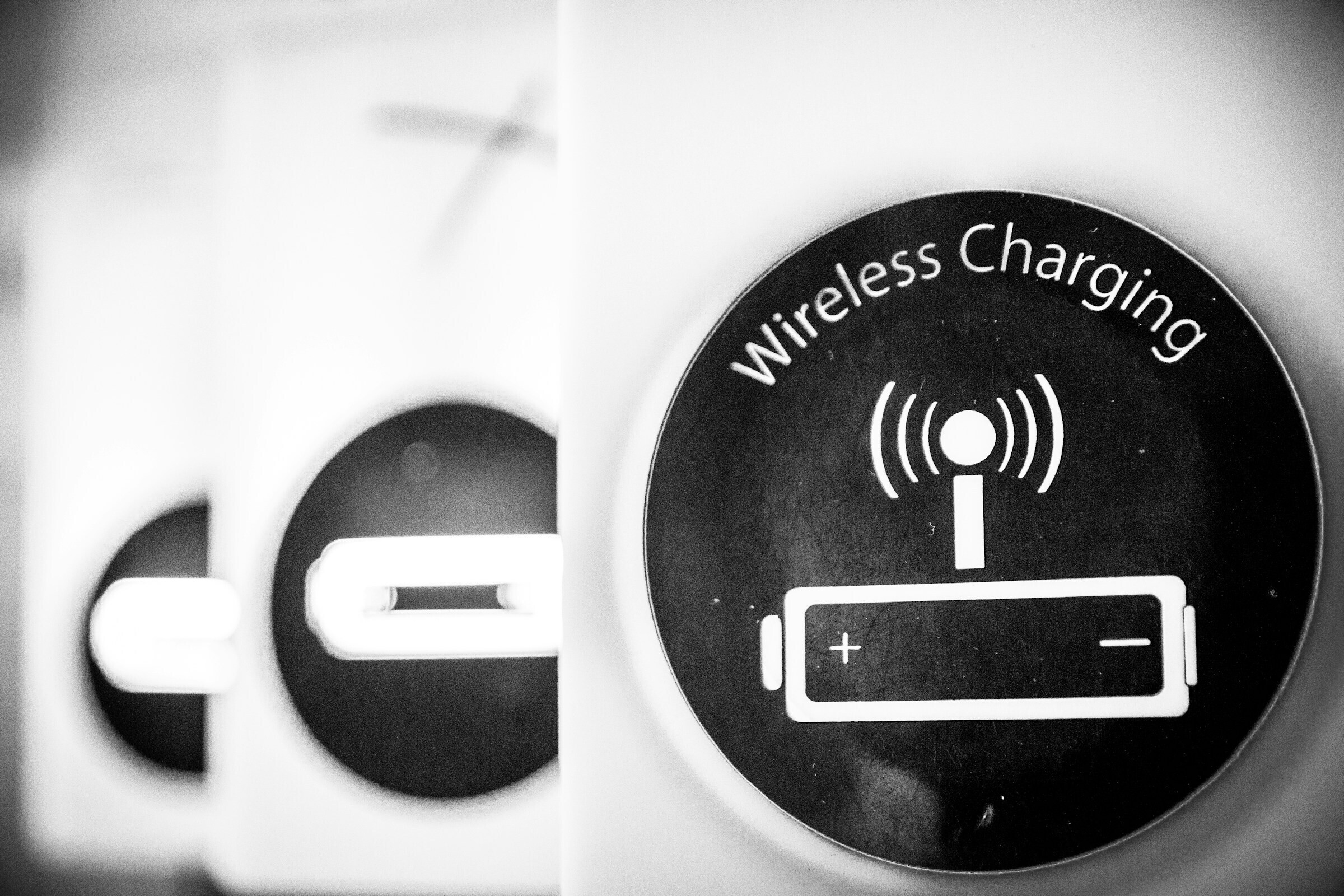The 20 jobs that robots are most likely to take over

Machines are only getting smarter and more efficient.
So much so that they’re starting to take over both blue-collar and white-collar jobs.
NPR recently posted a guide created by researchers that predicts the chance of our jobs being automated within the next 20 years.
To make their projections, the experts scored jobs across 21 fields on nine possible traits, the four most important being: cleverness, negotiation, helping others, and squeezing into small spaces.
Mental health and substance abuse social workers appear to be in the clear, with a 0.3% chance of being automated.
Telemarketers, umpires, cashiers, and several other jobs that are already being replaced by robots, have reason to worry, however. You can interact with the full guide here.
While the researchers admitted that these percentages are rough, the data offers insights into what the future may look like.
20. Electrical and electronic equipment assemblers
Electrical and electronic equipment assemblers have a 95.1% chance of being automated.
Robots are becoming critical to the production process of electronics because of their precision and accuracy. They are being used to do things such as: load solar wafers into solar cells, place LED light bulbs, and inspect circuit boards, as reported by the Robotics Industries Association.
Source: NPR
19. Postal service workers
Postal service workers have a 95.4% chance of being automated.
Postal sorters, clerks, and mail carriers are being hit hard by automation. Not only are robots able to do tasks such as sort mail, but snail mail is also becoming more and more obsolete with the increasing digitization of mail.
Source: NPR
18. Jewelers and precious stone and metal workers
Jewelers and precious stone and metal workers have a 95.5% chance of being automated.
The Bureau of Labor Statistics predicts their employment to decline 10% between now and 2022 as robots begin assisting in the manufacturing and repairing of jewelry.
Source: NPR
17. Restaurant cooks
Restaurant cooks have a 96.3% chance of being automated.
A noodle-slicing robot named Foxbot can be found at Dazzling Noodles, an open-kitchen restaurant chain in North China’s Shanxi province.
There’s another robot chef making crab bisque from scratch, thanks to 20 motors, 24 joints, and 129 sensors. The robot, designed by Moley Robotics, can complete the complicated dish in 30 minutes and even plates it.
Source: NPR
16. Grinding and polishing workers
Workers who grind and polish materials have a 97% chance of being automated.
Robots are increasingly able to grind or polish a variety of metal, wood, stone, clay, plastic, and glass objects.
Source: NPR
15. Cashiers
Cashiers have a 97.1% chance of being automated.
Panera Bread announced that it will have replaced all of its cashiers with kiosks by 2016, according to a USA Today article.
Additionally, self-checkout machines are continuing to spring up in grocery stores around the world.
Source: NPR
14. Bookkeepers
Bookkeepers have a 97.6% chance of being automated.
The Wall Street Journal reported that big companies such as Pilot Travel, Verizon, and GameStop, among others, are using software to automate corporate bookkeeping tasks.
These companies now only need about 10 clerks to pay suppliers, as opposed to the 80 or so they would need without the robot bookkeepers.
Source: NPR
13. Legal secretaries
Legal secretaries have a 97.6% chance of being automated.
Secretaries are disappearing from the job market now that technology allows bosses to field calls and arrange meetings themselves.
Source: NPR
12. Fashion models
Surprisingly, fashion models have a 97.6% chance of being automated.
In addition to “taking over” fashion model jobs, robots are performing in other surprising ways, such as acting. Engineered Arts, a British company, has created a fully interactive and multilingual robot called the RoboThespian, which can hold eye contact, guess a person’s mood and age, and break into song.
Source: NPR
11. Drivers
Drivers have a 97.8% chance of being automated.
Drivers and chauffeurs won’t be needed for much longer. Google’s self-driving test cars have driven thousands of miles without human intervention. Also, Uber CEO Travis Kalanick loves the idea of autonomous vehicles and announced that Uber will eventually be replacing all of its drivers with cars that drive themselves.
Source: NPR
10. Credit analysts
Automating the process of analyzing credit data and financial statements, and preparing reports with credit information, could result in a lower degree of risk.
Source: NPR
9. Milling and planing machine setters, operators, and tenders
Milling and planing machine setters, operators, and tenders have a 97.9% chance of being automated.
Setting up, operating, or tending milling or planing machines are tasks that are increasingly being delegated to machines.
Source: NPR
8. Packaging and filling-machine operators and tenders
Using robots to prepare industrial or consumer products for storage or shipment is becoming more and more prevalent. Amazon now uses an army of robots — each 320 pounds and 16 inches tall — to bring shelves of goods out of storage in order to be shipped, reported Time.
Source: NPR
7. Procurement clerks
It is now very simple for machines to place orders with suppliers for materials and services. Also, ordering over the internet — or “e-procurement” — will result in a decline of these jobs.
Source: NPR
6. Umpires and referees
In professional tennis, a computerized umpire called Hawk Eye is already being used to help the chief umpire make close line calls. Players have the option of “challenging” a call, in which the Hawk Eye system will display where the ball landed and whether it was in or out. Its decisions are final.
Hawk Eye represents just one system being used to solve disputes in sports.
Source: NPR
5. Tellers
Chances are you haven’t used a human bank teller in a while. ATMs can provide most of the services that tellers offer.
Source: NPR
4. Loan officers
A Bloomberg article reported that inroads are already being made at Daric Inc., an online peer-to-peer lender. The company has replaced all loan officers with an algorithm that identifies safe borrowers.
Source: NPR
3. Timing-device assemblers and adjusters
Machines are now able to perform the precise assembling, adjusting, or calibrating that timing device assemblers specialize in.
Source: NPR
2. Tax preparers
Tax preparers have a 98.7% chance of being automated.
Automating the process of preparing tax returns could result in much fewer errors, and the technology, Optical Character Recognition (OCR), already exists.
Source: NPR
1. Telemarketers
Many of today’s cold-callers are not human. Robots can not only perform the job 24/7, but they can also maintain energy and perkiness no matter how many rude consumers they interact with.
Source: NPR
This article is published in collaboration with Business Insider Publication does not imply endorsement of views by the World Economic Forum.
To keep up with the Agenda subscribe to our weekly newsletter.
Author: Kathleen Elkins is an editorial intern at Business Insider.
Image: Twendy-One, a robot designed to help elderly and disabled people around the house, demonstrates serving toast at Waseda University in Tokyo. REUTERS/Issei Kato.
Don't miss any update on this topic
Create a free account and access your personalized content collection with our latest publications and analyses.
License and Republishing
World Economic Forum articles may be republished in accordance with the Creative Commons Attribution-NonCommercial-NoDerivatives 4.0 International Public License, and in accordance with our Terms of Use.
The views expressed in this article are those of the author alone and not the World Economic Forum.
Stay up to date:
Future of Work
Related topics:
Forum Stories newsletter
Bringing you weekly curated insights and analysis on the global issues that matter.
More on Emerging TechnologiesSee all
Dr Gideon Lapidoth and Madeleine North
November 17, 2025






